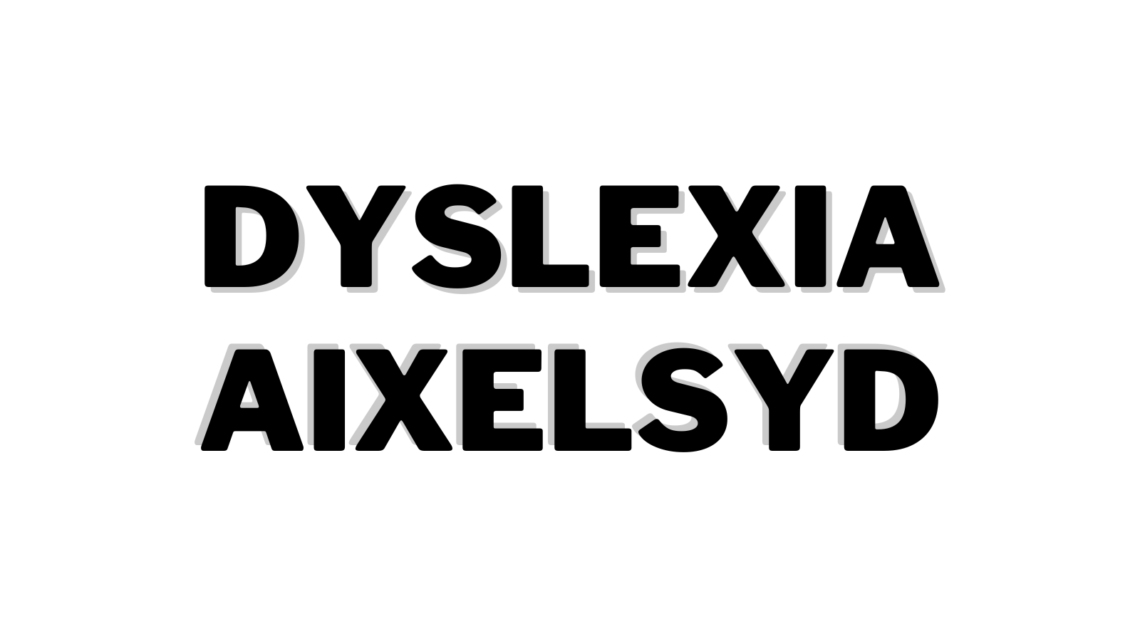
Dyslexia
Dyslexia is a prevalent learning disorder that affects approximately 1 in 5 individuals. It primarily manifests as difficulty in reading due to challenges in identifying speech sounds and understanding how these sounds correlate to letters and words, a process often referred to as decoding. Though sometimes termed a reading disability, it is crucial to understand that dyslexia does not reflect a person’s intelligence or potential. Instead, it stems from distinct differences in the areas of the brain that are responsible for processing language.
The human brain is an intricate organ, and the way it processes information can vary significantly from one individual to another. In the case of dyslexia, these variations affect the neural pathways involved in language comprehension and production. When someone with dyslexia reads, they might struggle to match the letters they see on the page with the corresponding sounds, making the act of reading laborious and at times frustrating.
Given that a significant portion of the population—20% to be precise—experience dyslexia, it is vital to address some misconceptions surrounding the condition. One common myth is that dyslexia is merely about seeing letters and words backward. In reality, dyslexia encompasses a broader range of reading difficulties, and not everyone with dyslexia will have this specific challenge.
Another misconception is that there is a medication that can “cure” or treat dyslexia. In reality, no medications can directly address dyslexia. However, this does not mean that individuals with dyslexia are without recourse. Various educational interventions have proven effective in teaching individuals with dyslexia new and efficient ways to learn and read. Some of these methods include:
- Phonemic awareness training: This focuses on helping individuals recognize and use the tiniest sounds that constitute words. By understanding these basic units of sound, or phonemes, readers can more easily decode unfamiliar words.
- Reading aloud: This method assists in building reading accuracy, speed, and expression. By verbalizing the text, individuals can better grasp the rhythm of sentences and improve their comprehension.
- Multisensory instruction: Engaging multiple senses can enhance the learning experience. For instance, using tactile methods like tracing letters in sand or using auditory techniques like listening to sounds while seeing the corresponding letters can be beneficial.
Dyslexia is a complex condition, but with understanding, support, and the right educational strategies, individuals with dyslexia can thrive academically and in life. Recognizing the signs of dyslexia early and implementing effective interventions can pave the way for success and a lifelong love of reading.

